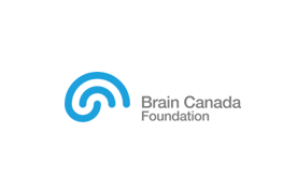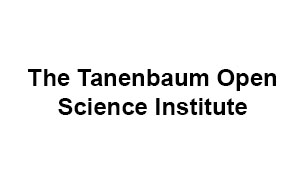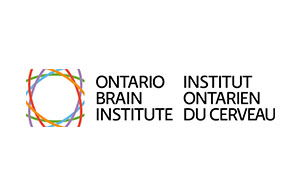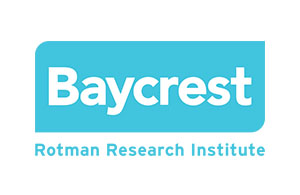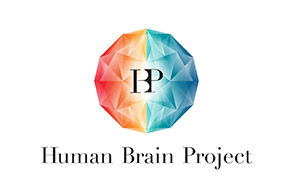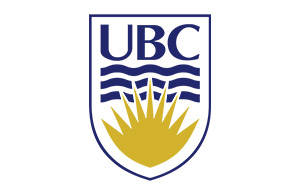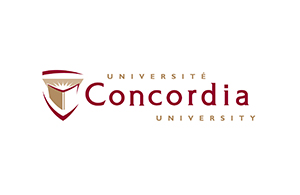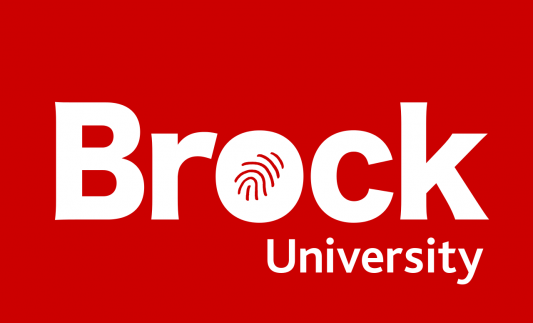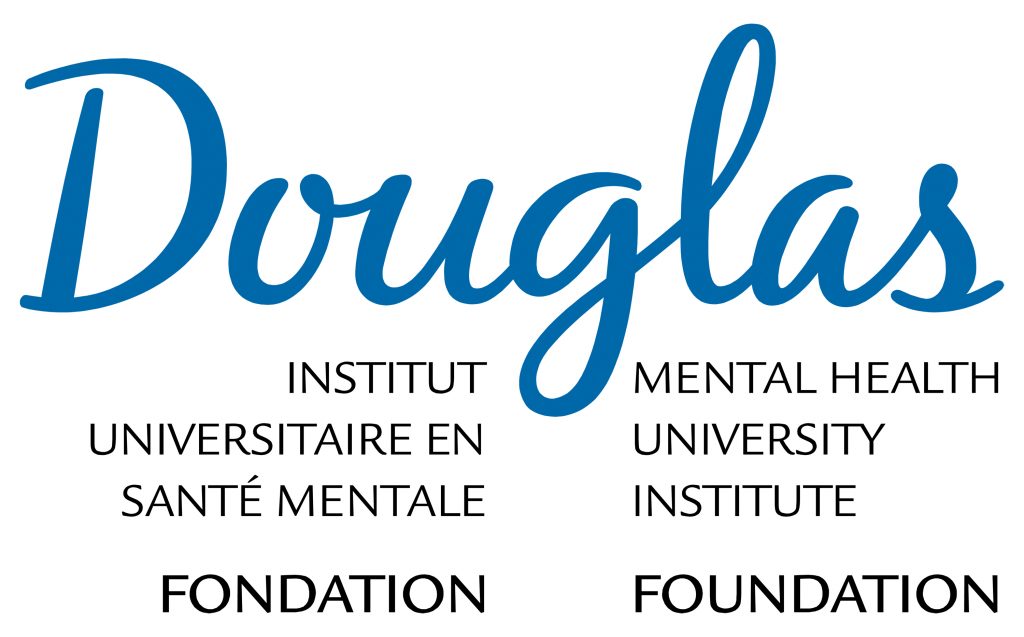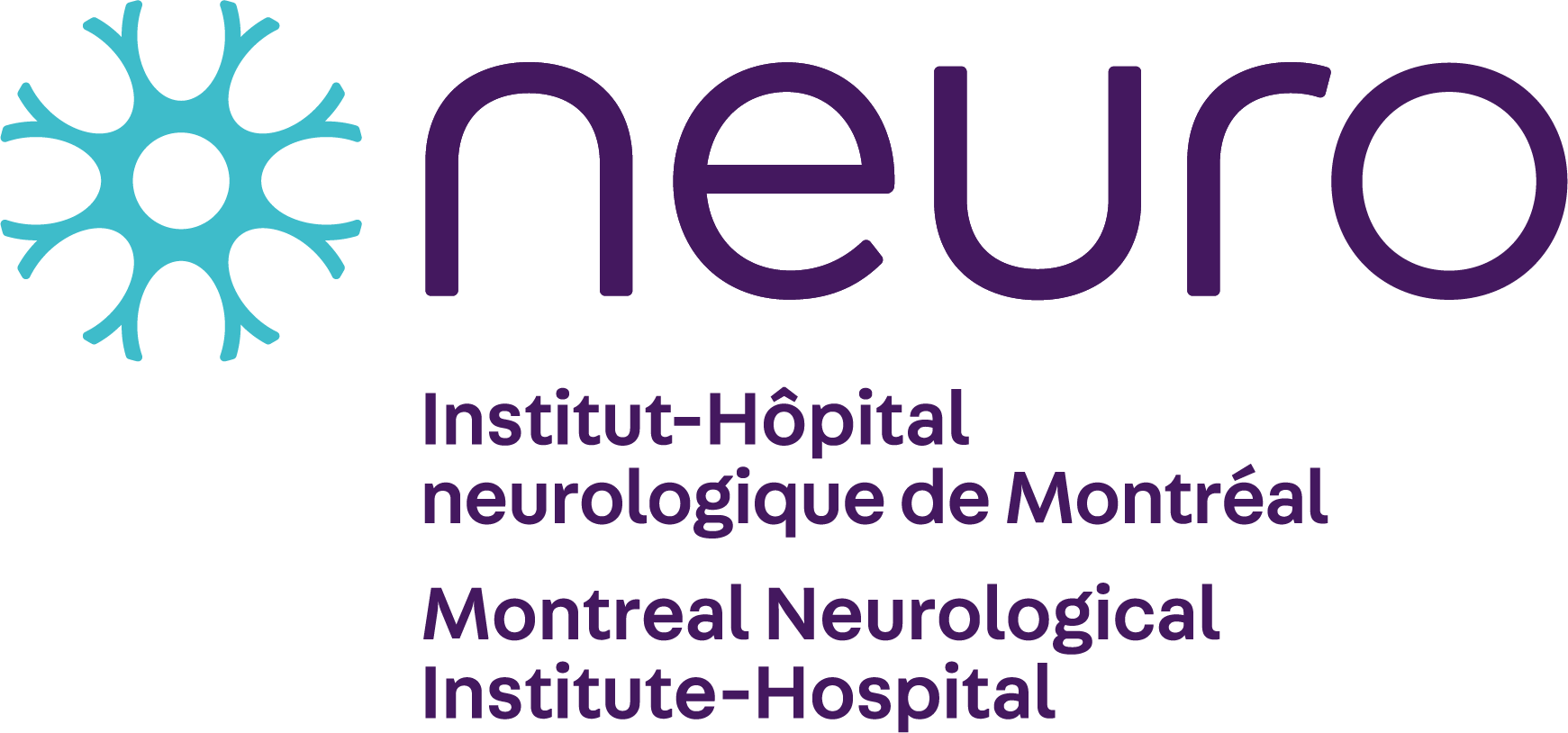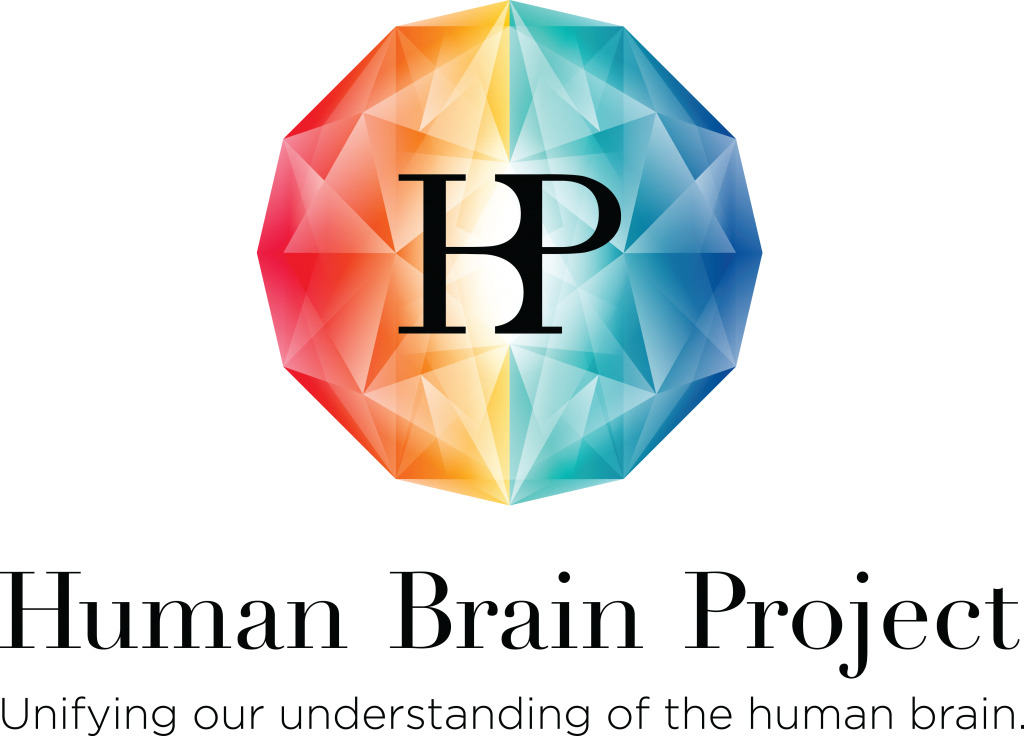History
A Brief History of Sharing in Science
Modern scientific sharing is often credited as having come from the great minds of ancient Greece like Socrates, Pythagoras and Archimedes. They recorded their experiments, thoughts and observations in order to be shared with others. With the invention of the printing press in the 17th century, innovation improved as the distribution of knowledge became more efficient. It allowed great breakthroughs in fields ranging from art, biology, and engineering, to name a few.
During this time, scientists were often secretive about their findings, claiming inventorship by sending out anagrams to other researchers. Since these could only be solved by understanding the knowledge they held, this form of publishing prevented discovery makers from getting scooped. Eventually, the journal publication system arrived and completely changed the game. The scientific community came to a common understanding that research results should be available to everyone. Scientific journals were now the way to share.
When scientists began publishing their results in journals, the printing process was very expensive and articles had to respect a certain form to be worth printing. Over time, publishing companies took control of knowledge dissemination and defined how the assessment of scientific impact was made. Today, despite the development of new technologies that allow sharing ideas very quickly and at very low costs, researchers still need to publish through costly scientific journals if they wish to have an impact.
Thanks to the Internet, we now have access to multiple ways to openly share information without any delays. Imagine if knowledge could be exchanged freely without any help from an institution or a personal network. It would have the potential for inspiring interactions between researchers. In this scientific culture, researchers would still receive proper credits for their contribution. Moreover, all results, whether positive, negative, big or small could be published.
Open Science
“Open Science is transparent and accessible knowledge that is shared and developed through collaborative networks.”
What is Open Science
The term “open science” is still quite new. Therefore, it is sometimes used in multiple contexts with slightly different meanings. Nevertheless, knowledge is always a core element of the concept. However, open science goes beyond simple data, ideas or publications. It refers to transparent knowledge that is available, disclosed and elaborated collaboratively.
Open science is particularly relevant for the field of neuroscience considering that the infinite complexity of the nervous system cannot be unravelled alone. Unfortunately, scientists often end up working in silo, even when they conduct similar research activities. Improved collaboration can address this issue, but can also break down financial and technical barriers that prevent scholars from making important discoveries. Joining forces and sharing knowledge is a necessary step for the understanding and treatment development of neurodegenerative and mental disorders representing a growing burden for the global population.
In this perspective, the CONP aims to provide a space able to accommodate the ethical hosting and sharing of data generated by Canadian neuroscientists, in addition to the organization of events fostering collaboration in research, financing opportunities for the training of tomorrow’s scientists and highly qualified personnel, and an innovative communication platform.
Discovery and Innovation through Collaboration

